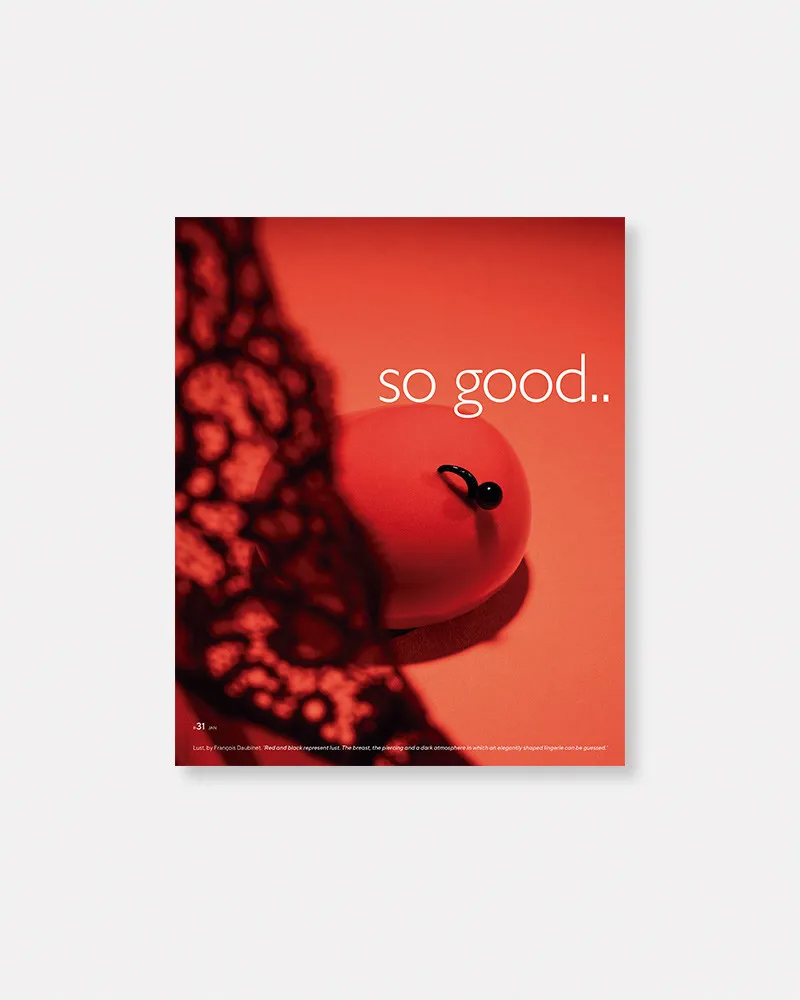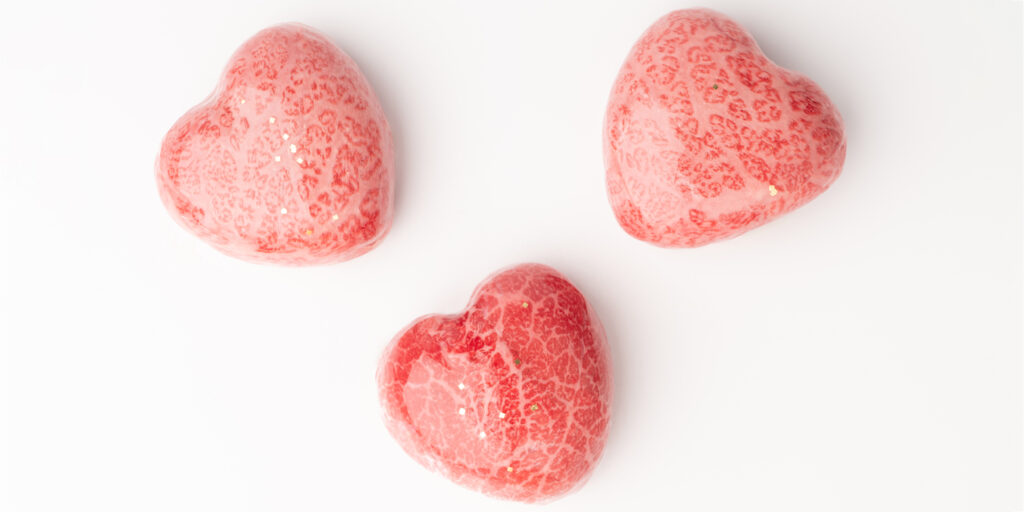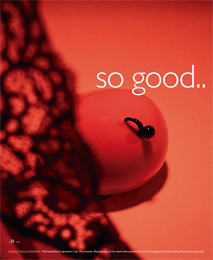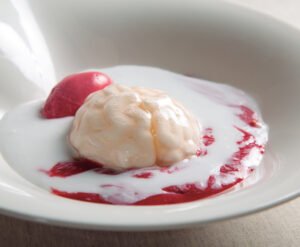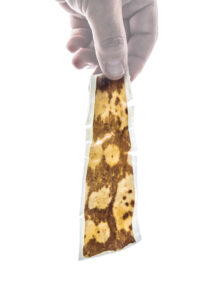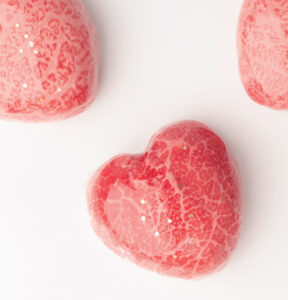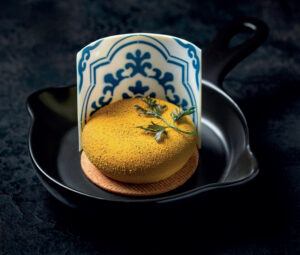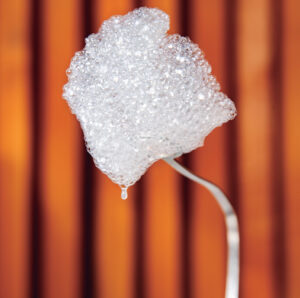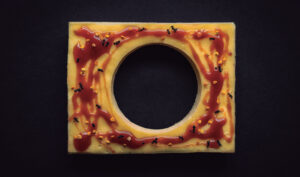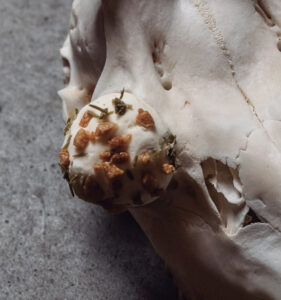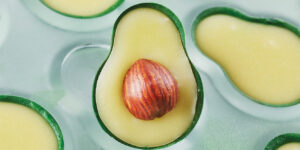Categories Pastry Chef Articles
Rogue pastry: Eight examples of ‘politically’ incorrect desserts that go against the rules
Ángel León François Daubinet Gonzo Jiménez Gregory Doyen Hans Ovando Jordi Roca Michael van der Kroft Roberto Cortez so good #31
Author:
Ana Rodríguez
TAGS #
Ángel León François Daubinet Gonzo Jiménez Gregory Doyen Hans Ovando Jordi Roca Michael van der Kroft Roberto Cortez so good #31
In so good.. magazine 31, we have proposed an exciting challenge to eight great chefs: Would you dare to publish three ‘politically’ incorrect creations which do not follow the established rules, ‘rogue’ desserts either in their composition, their format, their combination of flavors, or their aesthetics and message
Everyone recklessly accepted the challenge. Their proposals are irreverent, rebellious, impertinent, but above all ingenious, creative, imaginative, fun, and free. Below we share just a small sample of this section of rogue pastry. Let the fun begin!
1. Hannibal Lecter cheesecake / Hans Ovando
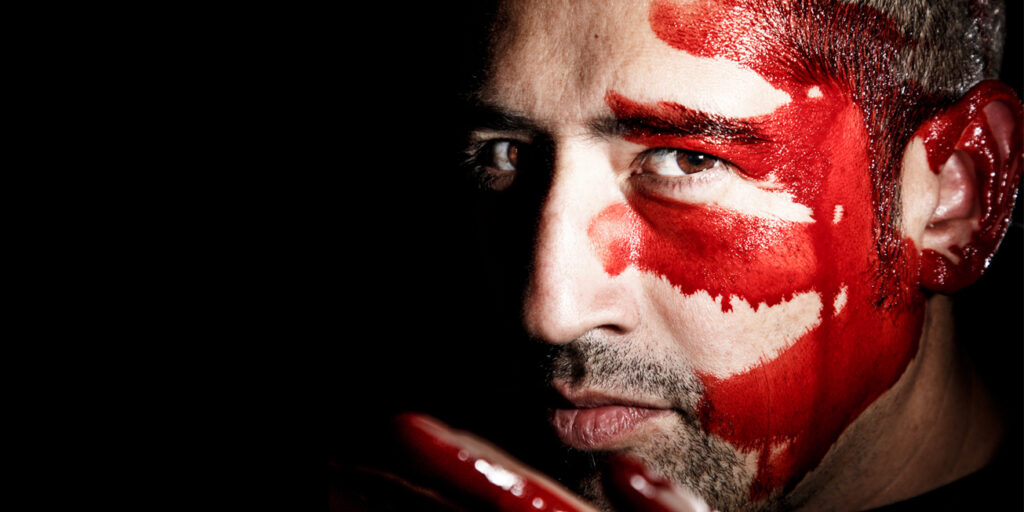
The Chilean-born chef based in Spain, who has stood out in his career for not following fashions or trends, has been inspired by Ridley Scott’s film, Hannibal. Specifically, he has been inspired by the scene where Doctor Hannibal Lecter feeds his guest pieces of his own brain that he extracts while he is still alive.
‘Brains have always been part of the kitchen and I thought it would be fun and daring to link this savory culinary dish with the scene of the evil Lecter, but taking it to sweet terrain and turning it into a plum cheese mousse,’ Ovando explains.
2. Moray eel mochi / Ángel León
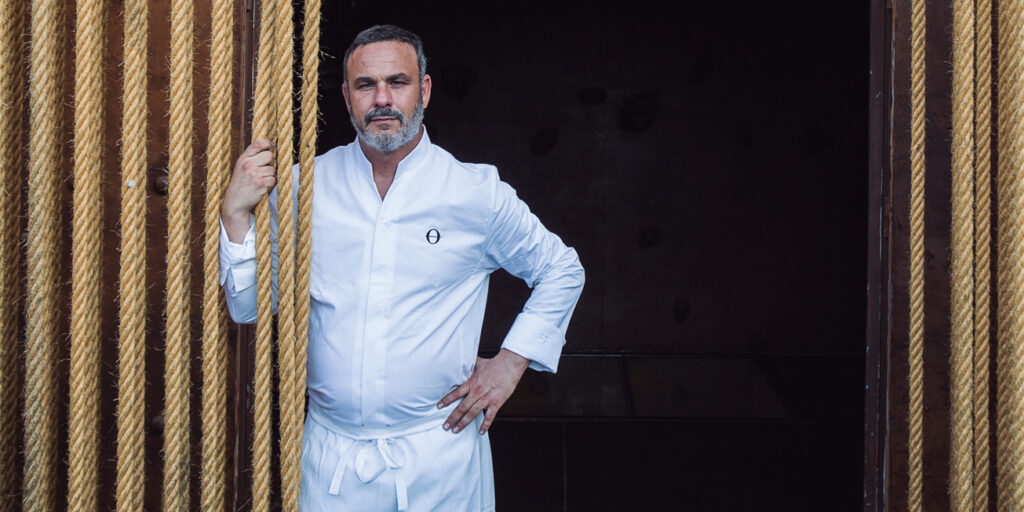
If a restaurant has been characterized for fully exploring the sea, it is Aponiente, located in El Puerto de Santa María (Cádiz, Spain) and led by Ángel León. A good example of this is this playful dessert in which the skin of the moray eel is used. To remove the flavor, it is macerated in an infusion of milk, cinnamon, and lemon. In this way, a previously steamed skin is achieved with a texture similar to conventional mochi dough.
3. Bull’s heart / Gregory Doyen
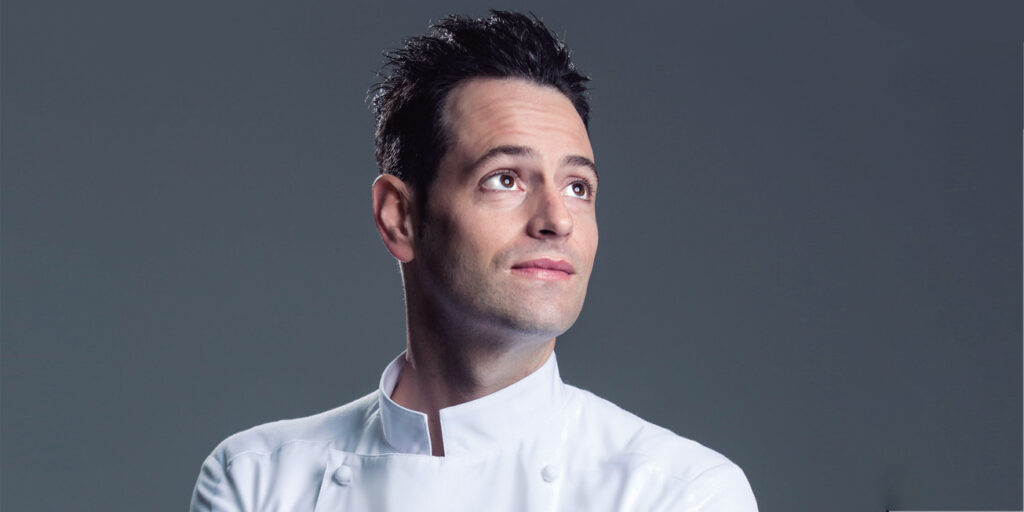
As there is no greater realism than reality itself, Gregory Doyen‘s bull heart is not airbrushed to reproduce the texture of the meat itself, but covered with Hida A5 wagyu carpaccio, while remaining a dessert.
“When tasting it, you have no sensation or smell of meat because of its thin thickness and the slightly acidic flavors,” he assures.
4. Lust / François Daubinet

It was Pope Gregory the Great of Rome who, at the end of the 6th century, established the seven deadly sins, which have rarely been treated in artisanal pastry. François Daubinet goes to the dark side and represents lust in this daring creation that is featured on the cover of so good.. 31.
‘From my point of view, red and black represent lust to perfection! That is why I chose to represent a breast, pierced at the nipple, in a dark atmosphere in which an elegantly shaped lingerie can be guessed,’ he argues.
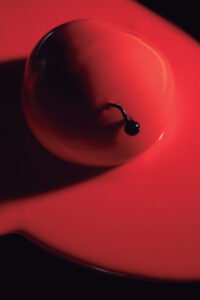
5. Potato omelette / Gonzo Jiménez

Gonzo Jiménez prepares a very particular menu in which nothing is what it seems. In the case of the Tortilla de Patatas tapa, it is an individual dessert or petit gâteau in which we start with a potato and white chocolate mousse. On the other side, we have an onion jam with honey, and finally the egg component, which is provided by a sabayon with Albariño wine. To give it a garlicky but sweet flavor, the chef infused white chocolate with black garlic and gave it the shape of a tile.
6. Fig tree / Jordi Roca
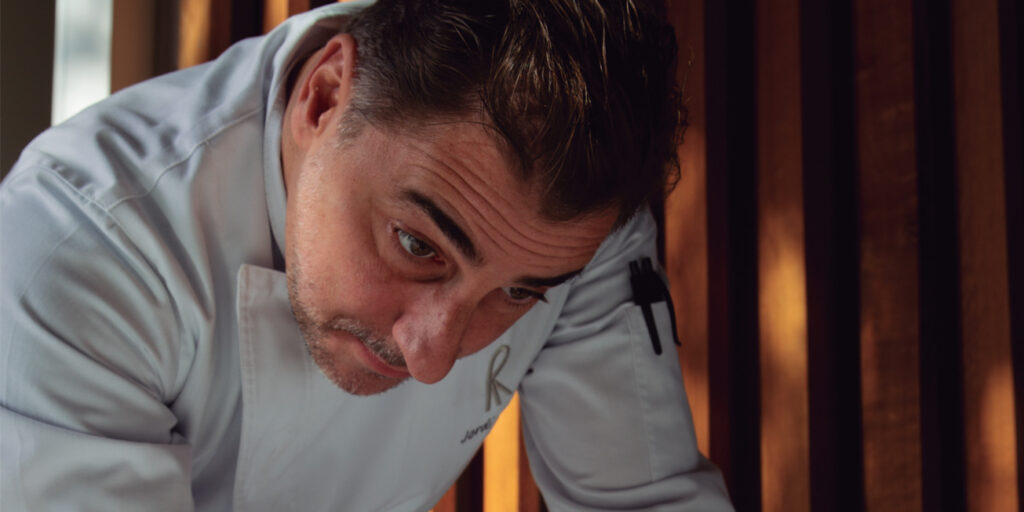
Jordi Roca is one of those who has always been naturally and spontaneously prepared to tinker with rogue pastry. From the idea of rain on the plate and a technique developed by the Plat Institute, the chef creates the Fig Tree!, a dessert in which a cloud of foam floats that disappears when raindrops fall. In it, the chef recreates the humid, aromatic and fresh atmosphere of the mornings during the flowering season of the fig trees that surround the Masía, the experimentation center of El Celler de Can Roca.
7. Honey bee / Bobby Cortez
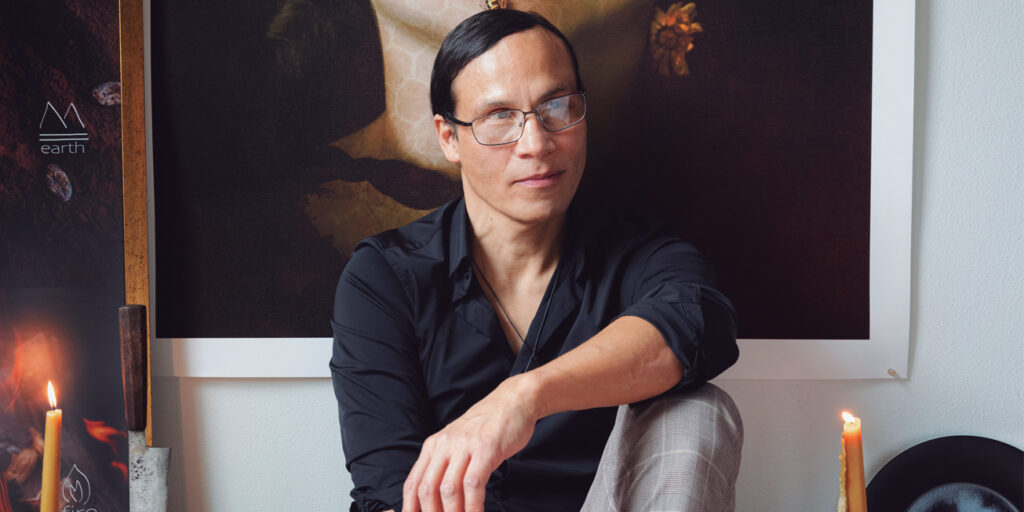
Cortez recovers Navajo and Mexican cuisine through ingredients and products such as Native American squash blossom honey, royal honeybee powder, rare mezcal de pechuga (chicken breast) and chicatanas or black ants.
“The name tsís’ná means ‘honey bee’ in Navajo language. Authentic honey from the Southwest United States was used along with actual honey bees, which were burnt and ground into the recipe. The rogue Mexican ingredient introduced in this concept is Mezcal de Pechuga, a rare and expensive Mezcal that goes through a second or third distillation with raw chicken breast, and an assortment of apples, plums, almonds, etc,’ he emphasizes.
8. Cornetto buttermilk / Michael van der Kroft

This dessert goes beyond visual provocation. Michael van der Kroft (restaurant Tres in Rotterdam) also surprises us with unexpected ingredients such as wild boar fat, bone marrow, and whey.
This is how the chef describes the dish: Croissant made from wild boar fat. Plum and bone marrow caramel. Mousse made from birch and gooseberry. Ice cream made from buttermilk. Fresh spruce and wild boar chicharron.
